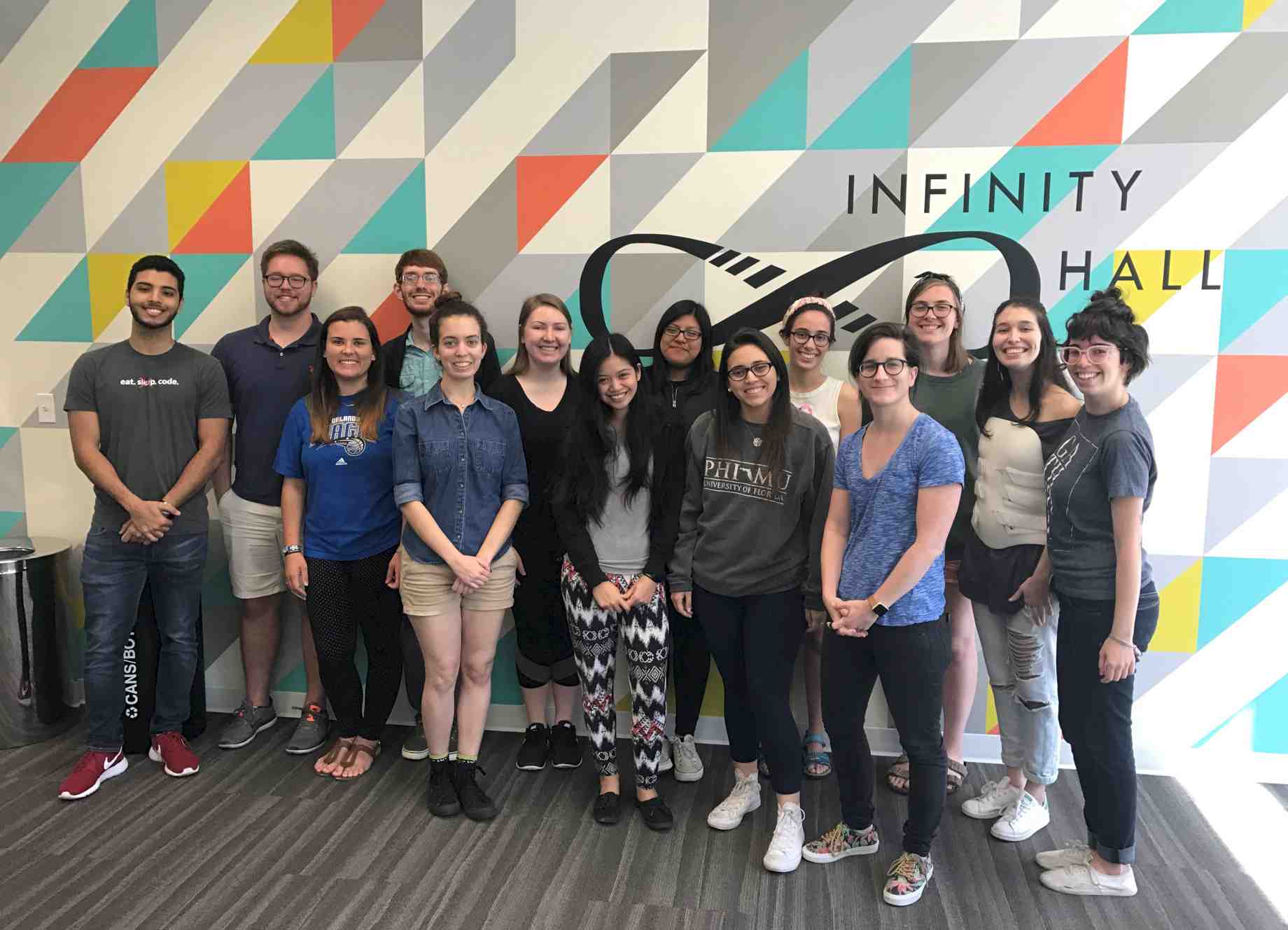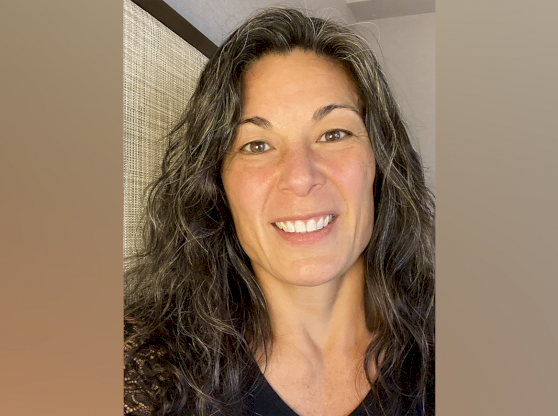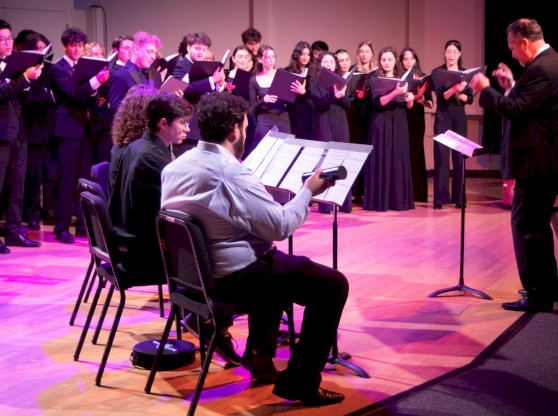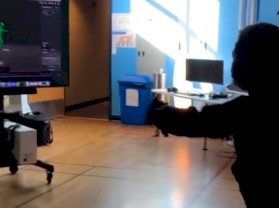When Tyler Richards, an Industrial Engineering major, was looking to execute two app ideas he had helped create, he decided to turn to Ariella Mostkoff’s Mint Graphic Design class for help. Strong apps need an appealing and usable interface, so it made perfect sense to utilize the talent of the School of Art + Art History students.
The designers — Carolina Benitez, Bela Cunningham, Janeza Dino, Gabriella Fagundez, Brittney Johnson, Steven Libby, Brianna Ostrowski, Maitane Romagosa, Alejandra Ros, McKenna Wilson and Brianna Winoski — were separated into two groups and assigned to work on one of the two apps brainstormed by Richards and his team, Robert Olsthoorn, Bernard Marger and Elle Beecher.
The first group worked on a project tentatively titled “Boarder,” an app that seeks to work with organizations like the ACLU and the Immigration Advocates Network to link detained immigrants to lawyers willing to help. The algorithm behind the app works similar to dating apps — but rather than matching by personalities, the app will connect immigrants with the best lawyers to take on their case.
The idea came about in January, as Richards watched the news and heard stories about immigrants detained at airports and kept from their families without representation.
“I was seeing pictures of lawyers with signs wanting to help, and then other pictures of the immigrants who were being detained, and I wanted to find a way to connect the two,” Richards explained.
He began contacting immigration and legal services like the ACLU and the NILC, and after about two weeks of discussion, it was clear that what was needed most was a type of software that would bring these two groups of people together.
For Mostkoff’s class, this posed an interesting question: How does one design an app that is functional enough to link real life people in dire situations to the help that they need, while also making it simple enough that anyone can feasibly navigate it?
The answer, of course, was in the design.
“We wanted the graphics of the app to be clear and easy to read,” McKenna Wilson explained. “It’s important that we keep the interface clean, because many people whose first language isn’t English will be using the app.”
The app would have two distinct routes — one for lawyers, and one for the immigrants — each with a clear path to follow. Both of the parties would first be verified by the ACLU, and then, if the lawyer agrees to take on the case, linked through the app. All of the case information would be uploaded but confidential, creating an easy way for the lawyers to manage their cases.
Boarder is still in its beginning stages, but half of Mostkoff’s class has been working on the logo and interface design over the course of the spring semester. The second half has been working on a separate app called Emote, which seeks to be a learning tool and real-time emotion interpreter for children with high functioning autism.
The app utilizes facial recognition software to pinpoint the emotion of the person the user is facing. Because people with high functioning autism cannot always display or understand emotion in the same way as other people, it can be difficult for them to succeed in a classroom setting. Richards worked on this project with his team of Olsthoorn, Marger and Beecher at SwampHacks, a weekend conference that brings together developers, engineers, builders, and designers to brainstorm and develop projects together. Their team placed second overall, and agreed to pursue the project after the conference.
Emote would provide unique profiles: One for a teacher, one for a child and one for a parent. The child plays a series of matching games — matching, for instance, a “happy” picture to another “happy” picture, in the hopes that this can help them better interpret the emotions of the people around them.
This project also raises significant questions for Mostkoff’s team, because each child on the autism spectrum is so unique. Ultimately, the app seeks to be a teaching tool used in conjunction with a teacher, who can monitor and evaluate the child’s progress.
“We needed to create a very human-centered design, because we’re working with kids who will hopefully want to use this app regularly,” Janeza Dino explained.
Both the designers and Richards’ team have consulted multiple Applied Behavior Analysis specialists, to ensure that the final product will be as useful as possible. The end goal is to create an app that will be usable, fun, and helpful — not an easy feat, but one that both sides of the team are willing to work for.



